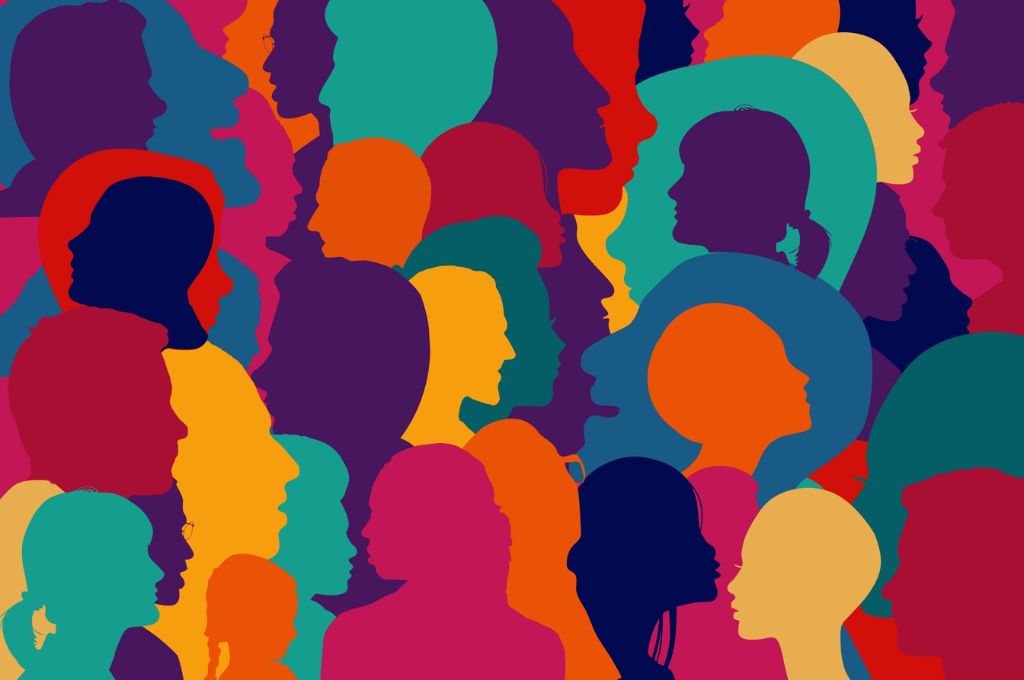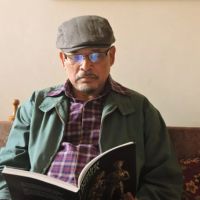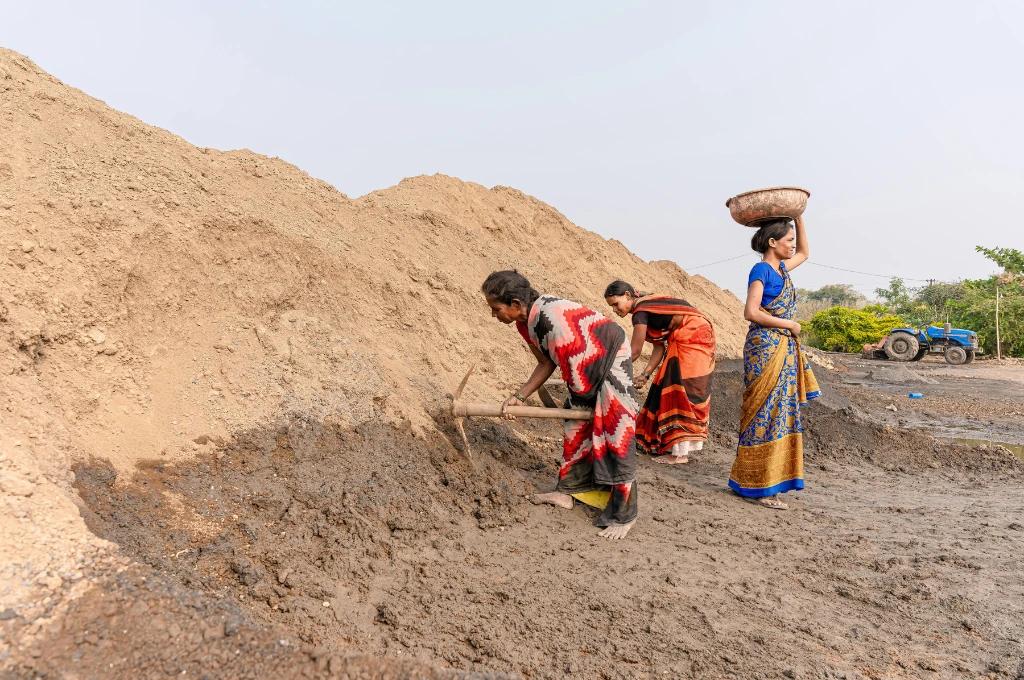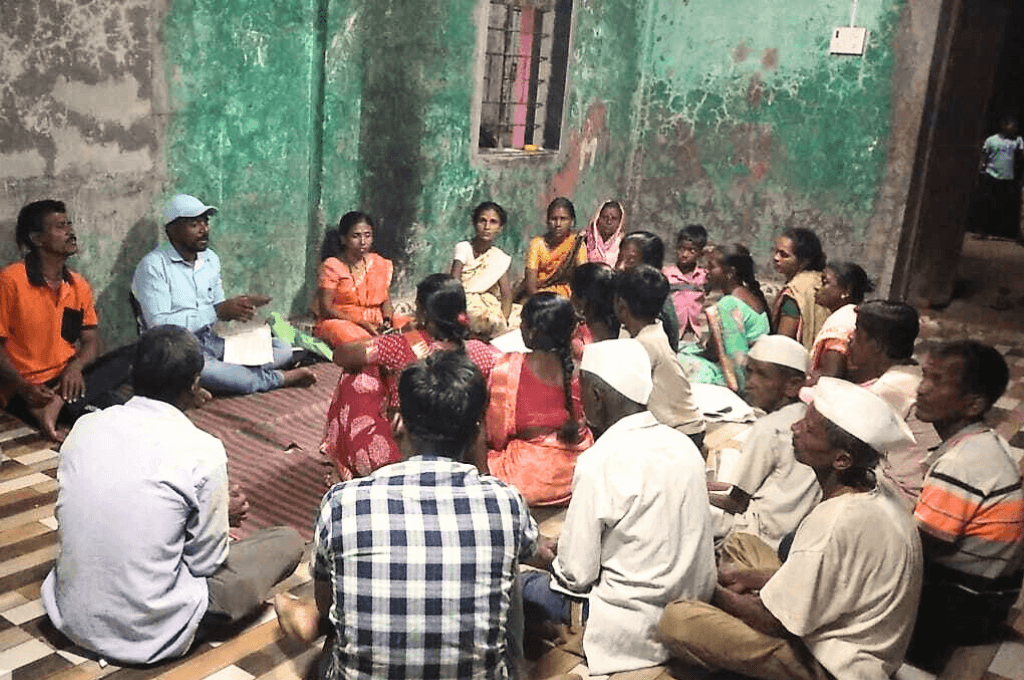The Uniform Civil Code (UCC) as an agenda for legislation has surfaced again in the national discourse. The underlying idea driving this agenda is premised on the cause of gender equality, an important issue of concern that needs attention. The idea of equality generally is embodied in the concept of citizenship. However, the drive to equality has two dimensions. One refers to equality before the law or equal treatment to all before the law. Such a notion of equality does not necessarily lead to equality of opportunity, given the inequality inherent in the societal structure. After all, individuals with the status of citizenship are not outside of the communities–be they linguistic, religious, social or cultural. India epitomises this.
India is not a homogenous society with everyone speaking the same language and practising the same religion, traditions and customs, as is the case of many European countries. Rather, the opposite is true, leading to differences among its people concerning their personal life. Over and above, the communities so located are marked off by certain structures of inequality in the sphere of economy, polity and demography, with implications for unequal relations among individuals. While some communities stand privileged, others suffer disadvantages along one or more such parameters. Of the disadvantaged along community lines, language, religion, caste and tribe have generally been identified as the key criterion.
Where protection exists–and where it doesn’t
The framers of the Indian Constitution recognised the diversity and its intricate interface with varied dimensions of inequality. They were acutely aware that societies marked by diversity (linguistic and religious) are hardly on the same plane either in demographic terms or others such as development or a combination of both. They recognised that equality before law does not necessarily guarantee the equality of a level playing field. It is with this end in mind that the Indian Constitution laid down protective provisions for certain groups and communities alongside the fundamental rights to freedom, equality and justice for every citizen in the country. The most talked about of such protective provisions has been the representation of the Scheduled Castes and Scheduled Tribes through reservation in state employment, state-run higher educational institutions and political institutions such as the parliament, state legislature and even local self-governing institutions following the 73rd and 74th amendments in 1992. Such protective provisions have been positive steps toward the realisation of equality.
Most tribes have their language but in the absence of any positive measures to protect and promote it, many tribal languages have become extinct.
There are also, however, protective provisions of other kinds which aim at safeguarding the identity and interests of religiously, linguistically and culturally disadvantaged groups that emanate from their being a numerical minority. This is best illustrated in provisions under Articles 29(1) and 30(1) meant for minorities and Articles 244(1) and 244(2) providing for the 5th and 6th schedules of the Constitution, as well as Articles 371A and 371G for Nagaland and Mizoram, respectively. In the protection of such provisions, however, the state has hardly provided or taken any concrete positive measures (excepting areas under the 6th schedule and with special constitutional status) to secure and safeguard their identity and interest–be it language, religion and, in the case of tribes, even land and forest.
Most tribes have their language but in the absence of any positive measures to protect and promote their language via school curriculum or other related measures, many tribal languages have become extinct, and many are already in the process. And so has been the case with tribal indigenous/traditional religions. Rather than recognising their distinct religious identity, these beliefs are being erased through the state administrative practice of co-option into the Hindu religious identity. The assertion for recognition of their distinct religious identity and their separate enumeration in the census today in different parts of India is a part of the process of reclaiming the above identity.
All these have been the result of the uniformisation of laws, policies and practices initiated from time to time, either by the Central or state governments. The violation of the provision inherent in the 5th schedule of the Constitution is the best example. Article 5(1) states that notwithstanding anything in the Constitution, the governor may by public notification direct that any particular Act of the parliament or the state legislature shall not apply to a scheduled area or any part thereof in the state or shall apply subject to such exceptions and modifications as he may specify in the notification or any direction given under this sub-paragraph may be given to have retrospective effect. Yet all through post-independence India, governors never applied this power conferred on them to secure tribal interest and welfare. Rather, every law passed by the parliament and the state legislature was applied in scheduled areas with far-reaching consequences on their land, forest and livelihood, paving the way for the poorest social development indicators in India.
The scenario in 6th schedule areas and states with special constitutional status in the form of Articles 371A and 371G is quite the opposite in all respects such as land, forest, language, customs and traditions, as the Constitution has given these areas a built-in institutional structure in the form of the Autonomous District Councils under the 6th schedule and states with special constitutional status to safeguard and promote their interests and identity. Further, unlike in the 5th schedule areas where the applicability of laws passed by parliament and state legislatures was vested in the office of the governor and his discretion which has hardly been used, the parliament-and state-enacted legislature concerned with subjects under the 6th schedule provision were not applicable in the 6th schedule areas. And so has been the case with parliament-enacted legislature on issues concerning social, religious and cultural practices in states with special constitutional status.

UCC is an attack on constitutional provisions
The announcement of a UCC is a brazen attack on the protective provisions inherent in the Constitution for religious minorities and cultural groups such as tribes. Moreover, in addition to being linguistic minorities, tribes also form religious minorities, both as Christians and practitioners of traditional/indigenous religions. Furthermore, tribal customary law, the font of personal law for tribal communities, has no religious moorings. For example, much of the personal life among tribal Christians is governed more by local tribal customs than religion, except for sacramental issues.
The UCC poses challenges to such provisions inherent in the Constitution. In fact, it comes in direct conflict with the provisions of the 6th schedule of the Constitution existing in Assam, Meghalaya, Mizoram and Tripura. The same is the case for the states of Nagaland and Mizoram with special constitutional status of 371A and 371G, respectively. In both cases, the UCC violates constitutional provisions.
In the case of the 5th schedule, it can prevail as the governors, as mentioned earlier, have never used the power vested in them in the Constitution to secure and safeguard tribal interests and identity. The UCC may now, however, fall into legal entanglement while contending with the Provisions of the Panchayat Extension to Scheduled Areas (PESA) Act 1996. Provision 4(a) of the Act unequivocally states that any state Act introduced in PESA shall be in accordance with the customary law, social and religious practices and traditional management practices of community resources.
Why these protections are important
Such protective provisions have been part of the larger design to address the issue of inequality not in the form of equality before the law but equal chances and conditions for the minority groups to practice and maintain their distinct social, religious and customary practices. This had taken the form of personal law in the case of religious minorities and the customary social and cultural practices in the case of tribes. In doing so, the Constitution had made a space for legal pluralism as a step towards celebrating diversity and thereby facilitating the maintenance of their distinct identity. After all, in a society where they form a numerical minority plus economically and socially disadvantaged, these ensured protective provisions or mechanisms for minorities to have equal footing toward maintaining their identity, interest, and ways of life.
The UCC is not the best of such means to achieve gender equality.
In the absence of such provisions, it may have been difficult for them to preserve and maintain their distinct identity as a minority in the country. Hence the Constitution equips them with constitutional protectionism. Yet while conferring citizenship rights in the form of equality before the law, such laws alone would have been unfair for vulnerable segments of society if special provisions were not made for them in the form of certain protective measures. Thus, the protective measures were a provision toward the realisation of what may be called “equality in conditions to ensure equality outcomes”.
At the same time, such provisions pose the problem of citizenship in the sense of equal rights of the individuals within such groups and communities. This is most evident in gender inequality, which needs consideration and attention. However, the UCC is not the best of such means to achieve gender equality. The celebration of protective provisions enshrined in the Constitution is as important as the equality of individuals before the law as the UCC aims to achieve.
Unfortunately, the ethos and spirit of other protective provisions have not been adequately discussed and deliberated beyond the policy of reservation. Violating the protective laws by the general laws and policies in the name of equality or public good/public purpose outwits the provision of equal conditions or start points provided in the Constitution for the marginalised and vulnerable. Often this is also discussed in the form of equality of outcome.
The founding fathers of the Constitution were acutely aware of this denial of equality in respect of religious and cultural minorities and hence made provisions for protective provisions in the Constitution. Such provisions in the constitution have been an aspect of celebration in the writings of legal luminaries and social scientists in the 1960s and ’70s. However, the emergence of women’s and gender issues that dominated the academic and civil, and political space since the 1980s led to much criticism of religious and cultural diversity on account of gender inequality overlooking the fact of other forms of marginality.
Gender inequality is indeed imperative and should be pursued but probably it needs to be carefully thought through and calibrated as an agenda for social inclusion and gender justice rather than as a one-size-fits-all approach by introducing the UCC.
This article was originally published on The Wire.





